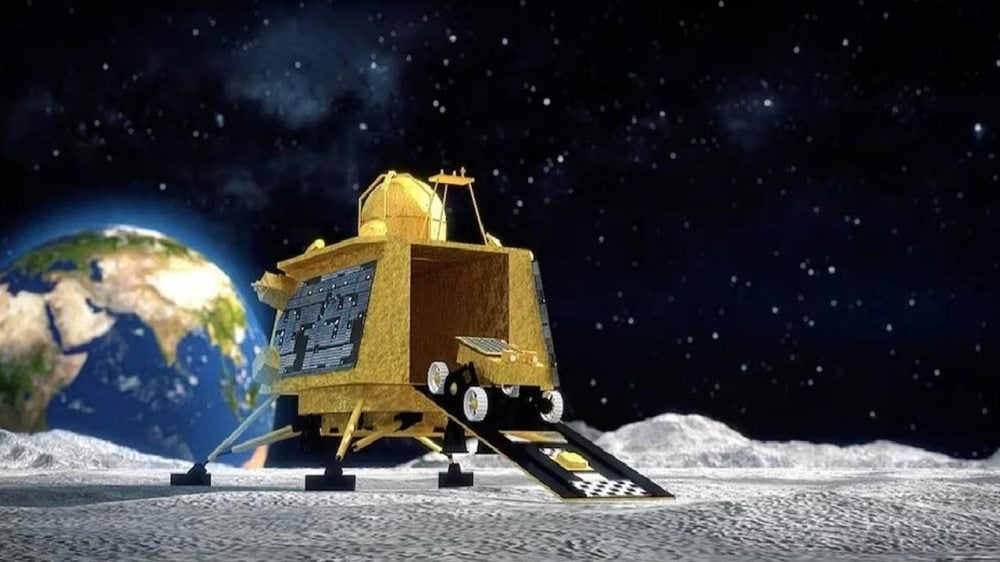
It has been eight months since the historic success of Chandrayaan-3 mission. Chandrayaan-3 created history across the world by landing on the south pole of the Moon. Now big news has come out regarding Chandrayaan-2. Actually, ISRO's Chandrayaan-2 mission has made another unprecedented discovery to understand the Moon.
Evidence of water inside the Moon's polar craters
Recent findings from the Chandrayaan-2 mission have revealed the presence of significant water reserves within the polar craters of the Moon. This discovery is being seen as a major success. This will help scientists around the world understand the Moon better. This important discovery has been made through an effort between ISRO's Space Applications Center (SAC) and prestigious institutions such as IIT Kanpur, University of Southern California, Jet Propulsion Laboratory and IIT (ISM) Dhanbad.
A study published in the Journal of the International Society for Photogrammetry and Mathematical Sensing shows that subsurface ice in lunar polar craters is estimated to be 5 to 8 times more abundant than surface ice. The implications of this discovery are far-reaching. Access to these water bodies will play a vital role in supporting future lunar missions.
The study also shows that the moon's northern polar region has twice as much water ice as the southern polar region. These information are important for mission planning and site selection for future lunar missions. The subsurface water ice dates back to the Imbrian period, approximately 3.8 to 3.2 billion years ago. The primary source of this water ice is thought to be gas released by the volcano during this period.
 look news india
look news india